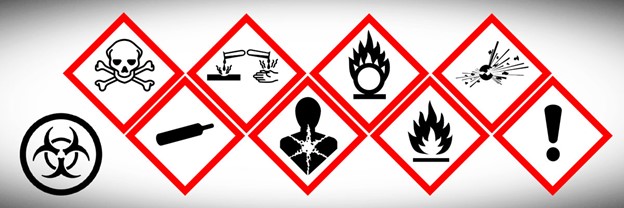-Carola Mittag
An emoji is a pictogram, logogram, ideogram or smiley embedded in text used in electronic messages. The primary function of an emoji is to fill in emotional cues otherwise missing from typed conversation. Some examples of emoji are ? ? ??♂️ ? ?️ ? ? ? ? ❤️ ? ??, among many others.
On a daily basis most of us text, email or send electronic messages incorporating an emoji to express a feeling without using many words to get our sentiment across. For someone who loves words, finding and using an appropriate emoji to get my thoughts across has been a slow and challenging process. However, I understand that to be relevant and “with it” nowadays I’ll have to buy into this new language. ?️know ?️can do this!
This morning, as I was reading the ? and listening to the ?, I was assaulted by a lot of emotions ? ? ??. The ongoing war in the Ukraine has affected me in unexpected and very personal ways. By the use of these emoji I have expressed my feelings: disappointed, fearful, angry and anguished. Some may think this a lighthearted approach to a very serious and humanitarian crisis and in no way is that my intent but simply a demonstration of how a picture really is worth a thousand words.
Can you think of this type of language when it comes to health and safety? After all, pictograms were “a thing” long before emoji came along. WHMIS or the Workplace Hazardous Materials Information System is Canada’s national hazard communication standard. The key elements of the system are hazard classification, cautionary labelling of containers, the provision of safety data sheets (SDSs) and worker education and training. Incorporation of the Globally Harmonized System of Classification and Labelling for chemicals (GHS) in WHMIS aligns the hazard classification and communication requirements of WHMIS with those used in the U.S. and other Canadian trading partners. This is important as hazardous products cross international borders where, what is considered dangerous in one country may not have the same designation in another. Know the symbols.

WHMIS is implemented by complementary federal, provincial and territorial legislation and regulations.
- The main purpose of the federal WHMIS legislation is to require suppliers of hazardous products intended for use, handling or storage in a workplace to classify those products and provide health and safety information about them to their customers.
- The main purpose of the provincial and territorial WHMIS legislation is to require employers to obtain health and safety information about hazardous products from their suppliers, and to use that information to train their workers.
Remember that workers must be trained on any hazardous products to which they may be exposed. This is mandatory when they join a company or when new products are introduced into the workplace.
Know your responsibilities, train your workers and keep them safe. Protect your workers from ? ⚡ ☠️ ? ? ?.
?️wish you?and a safe ?!

Watch for next month’s Blog published in the first week of May.
Sincerely,
Carola Mittag
Consultant and Editor for Mentor Safety Consultants Inc.
